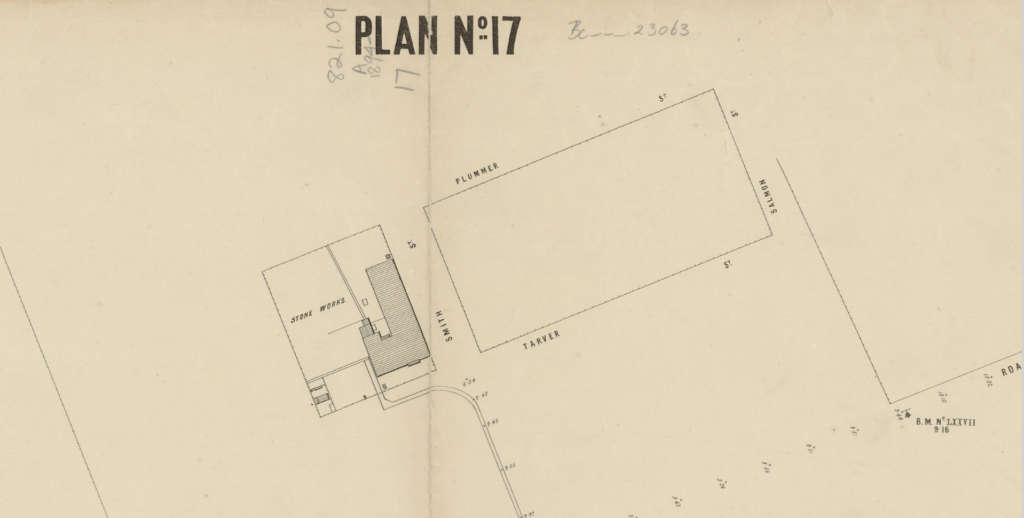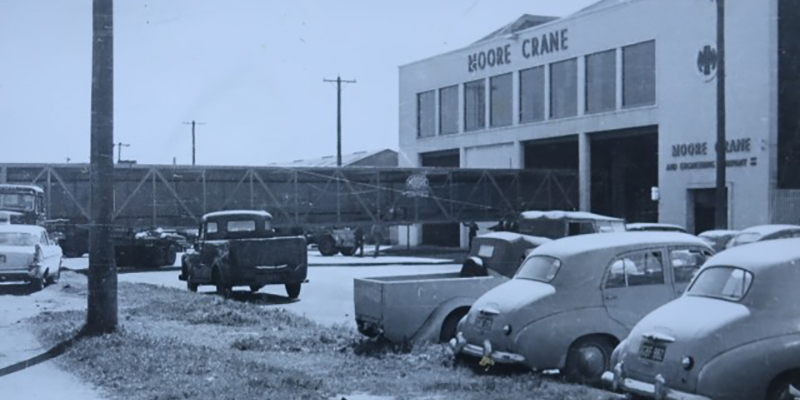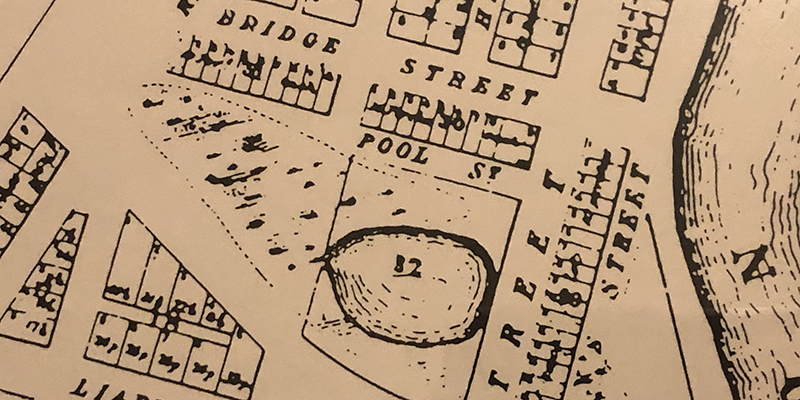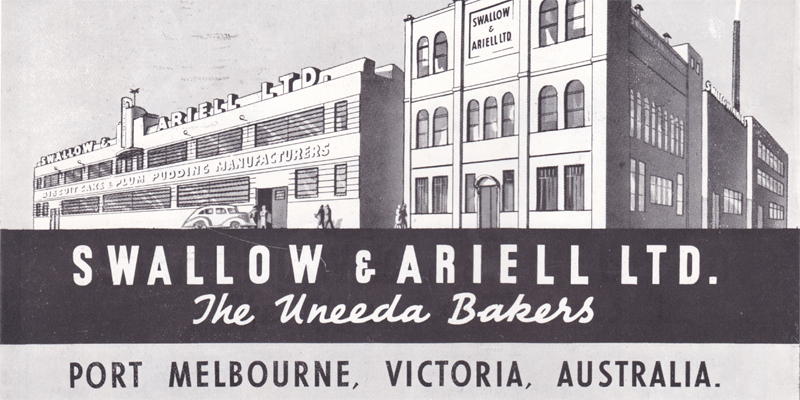Smith Street and Smith Reserve
Two streets, one in Port and one in South Melbourne, as well as a section of Port Melbourne’s Railway Reserves, bear the name Smith. And that doesn’t take into account the curious occurrence of, what is now, Frangipani Court also being referred to as Smith Street in the Sand’s & McDougall Directories from 1915 to 1974.
But why are we interested in a street in South Melbourne? The answer lies in the rare distinction of Thomas Smith’s ‘lengthy and irreproachable‘1 service as Councillor and Mayor, first in South Melbourne and later in Port Melbourne. He also represented Emerald Hill in the Legislative Assembly. Both the South Melbourne street and the Port Melbourne Railway reserve are named in honour of Thomas Smith.
Smith Street, South Melbourne follows a curve between Dorcas St and Bridport St West while Smith Reserve, Port Melbourne sits on the eastern side of the light rail along Station Street, between Bridge and Raglan Streets.
Thomas Smith was born in Warton, Warwickshire in 1846 and was a boy when he came with his parents to Australia. The family first went to Launceston. Smith’s father, Benjamin, was a hatter and Thomas followed in his footsteps. He started his apprenticeship as a silk hatter and afterwards worked as a journeyman in that trade. At one time he acted as the Treasurer of the Silk Hatters’ Union1. He was 25 years old when he went into business making and selling hats in South Melbourne in 1871.
He was elected to South Melbourne Council and was Mayor from 1888 to 1889.
Smith went on to represent Emerald Hill in the Legislative Assembly for fifteen years from 1889 to 1904. As well as making and selling hats, his business interests extended to being a founder of Enterprise Permanent Building Society of South Melbourne and a director of T & G Life Assurance Company2.
Smith was a teetotaller and a long standing district member of the Independent Order of Rechabites.
Over time Smith acquired a very significant amount of property. He owned properties in Clarendon, Ward and Dorcas Sts, South Melbourne and later bought property in Port Melbourne. Among the properties he owned were 196, 198 and 200 Nott St, part of Jubilee Terrace. He also owned 219, 207 and 205 Bay Street in the ‘Market Buildings’ where he sold hats.
Smith was Mayor of Port Melbourne three times – 1906-07, 1914-15, and 1920-21. A Labor man, he at one time sought to contest the seat of Port Melbourne in the Legislative Assembly but George Sangster was selected to run for the seat instead. In addition to his council duties he was on the committee of the Infectious Diseases Hospital and a Justice of the Peace.
In a photograph from that period, Smith wears his mayoral robes with ease and assurance.
Smith married twice: first to Jane Johnson in 1870 with whom he had six children, three of whom died in infancy. Jane Smith died in 1913. In 1915, he married Mrs Jessie Marian Lynch in a quiet ceremony at the Baptist Church in Collins St.
He died in August in 1925 while still serving as a Councillor of Port Melbourne.
Smith St in Port Melbourne is a short street, just 230 metres, connecting Plummer St and Williamstown Rd in Fishermans Bend. On its northern boundary is the former site of the Rootes factory.
The MMBW Plan (above) dating from around 1894 shows an early version of the Port Melbourne Smith Street while the Victorian Government Gazette No. 71 published on 22 June 1898 includes a formal proclamation of Smith Street as a Public Highway. On this basis it is reasonable to assume that the street is named for Charles Edward Smith, a Port Melbourne Councillor from August 1889 to August 1892. Further evidence comes from the fact that the other three streets shown in this part of the MMBW plan, Plummer, Tarver and Salmon are named for Port Melbourne Councillors who were contemporaries of C E Smith. These three streets, along with Prohasky Street (another C E Smith contemporary on Council), were also gazetted together with Smith Street in June 1898.
Smith St is characterised by by some very large gum and poplar trees. It is a street in transition from its former industrial use to residential use. While at present it is neglected, favoured for rubbish dumping and rat running between Williamstown Rd and Plummer St, the Fishermans Bend Framework imagines generous Smith St as more like a linear park which will contribute to the character of Wirraway as ‘a family friendly inner city neighbourhood close to the Bay and Westgate Park‘2.
Sources
1 Worker (Wagga, NSW : 1892 – 1913), Thursday 6 September 1906, page 5
2 Parliament of Victoria Former Member Profile Thomas Smith
Fishermans Bend Framework, p75
1915-1974, Sands and McDougall Directories
Grainger, Pat, Railway Rockeries, 2003, PMHPS
‘PUBLIC HIGHWAYS IN THE TOWN OF PORT MELBOURNE’, Victorian Government Gazette, No. 71, 22 July 1898, p. 2849
Notes on Thomas Smith provided by Kay Rowan, City of Port Phillip local history librarian.







